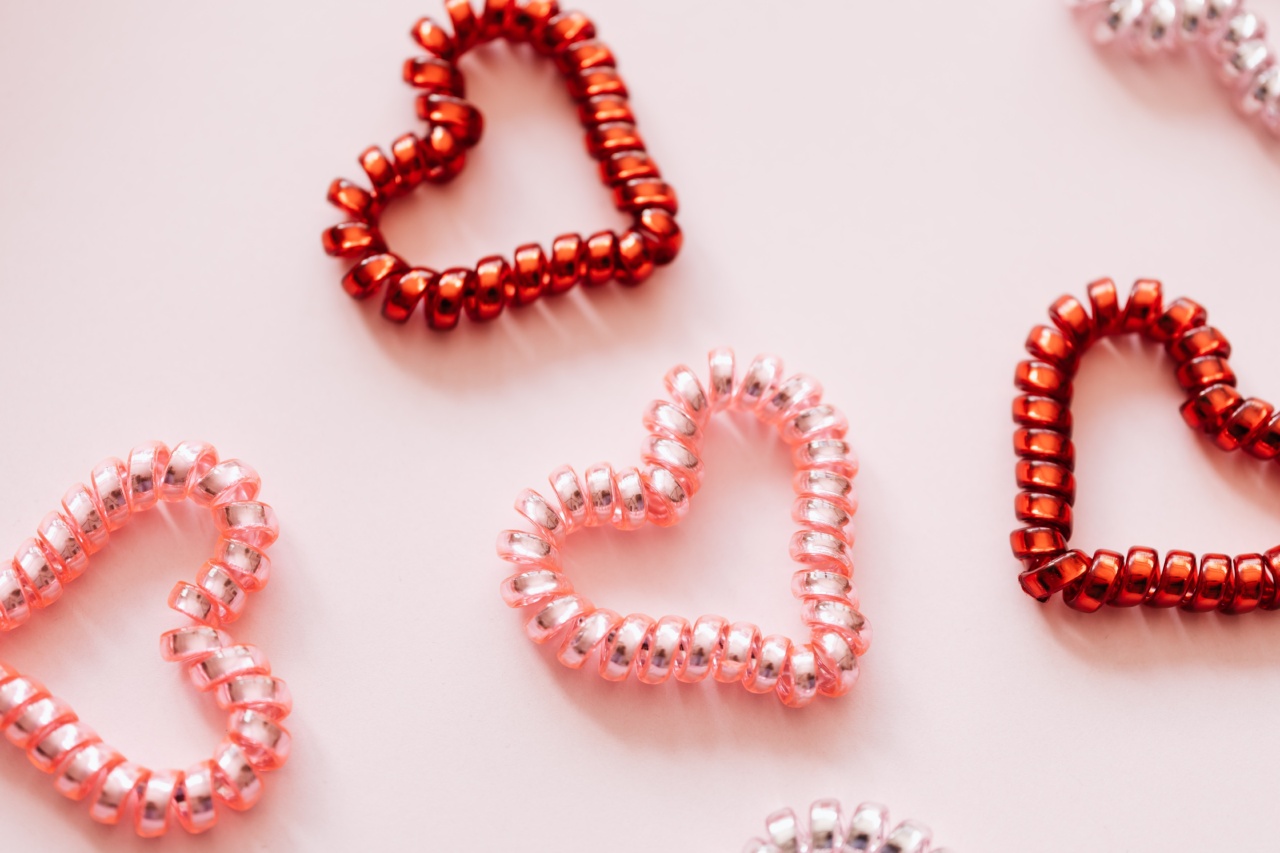Have you ever wondered why some people have soft and silky hair, while others have coarse and wiry hair? Hair texture is a characteristic that varies greatly among individuals, and it plays a key role in determining hairstyles, products, and styling methods that work best for each person. In this article, we will explore the reasons why hair strands have different textures.
Genetics
One of the most significant factors that determine the texture of hair is genetics. Each person’s hair is unique, and it is determined by a combination of genes inherited from both parents.
Genes control the size and shape of hair follicles, the number of hair strands on the scalp, and the shape of the individual hair shafts.
Hair texture is determined by the shape of the hair shaft, which can be straight, wavy, curly, or coily. Straight hair has a round-shape shaft, while curly and wavy hair have oval or elliptical-shaped shafts.
Coily hair has a twisted or corkscrew-shaped shaft, which makes it the most fragile and prone to breakage.
People of different ethnicities have different hair textures, which is also genetically determined.
For example, people of African, Caribbean, and Afro-Latina ancestry typically have tightly coiled hair, while people of Asian descent have straight or slightly wavy hair.
Hormones
Hormones also play a role in determining hair texture. Androgens, male sex hormones, are responsible for the development of facial and body hair, and they also influence the growth and texture of scalp hair.
Women have lower levels of androgens, which is why they typically have finer and softer hair than men.
During puberty, hormonal changes can cause changes in hair texture. For example, girls may notice that their hair becomes thicker and more curly during puberty, while boys may experience a deepening of their voice and the development of facial hair.
Environmental Factors
The environment can have an impact on hair texture. Sun exposure, wind, humidity, and temperature changes can all affect the cuticle, or outer layer, of the hair, which can lead to changes in the texture of the hair.
Overexposure to the sun’s UV rays can break down the proteins in hair, making it brittle and more prone to damage, while excessive heat styling can cause the hair to become dry and frizzy.
To maintain healthy hair, it’s essential to protect it from environmental stressors as much as possible.
Wearing a hat when outside in the sun, using heat protectant products when heat styling, and avoiding harsh chemicals and dyes can all help keep hair healthy and shiny.
Nutrition
The health of the hair is largely dependent on the overall health of the body. Poor nutrition, stress, and lack of sleep can all contribute to hair loss, breakage, and a change in texture.
Eating a healthy, balanced diet rich in vitamins, minerals, and protein is essential for maintaining healthy and vibrant hair.
Eating a diet high in processed foods, fried foods, and sugar can lead to nutrient deficiencies that can affect the hair. Zinc, biotin, iron, and vitamin C are all nutrients that are essential for healthy hair growth and maintenance.
Incorporating foods like nuts, seeds, fish, and leafy greens into the diet can help improve hair health.
Hair Care
The way we care for our hair can also play a role in determining its texture. Over-washing, over-styling, and using harsh products can all contribute to dry, damaged hair that is more prone to breakage and has a coarser texture.
Using gentle, sulfate-free shampoos that don’t strip the hair of its natural oils, avoiding heat styling as much as possible, and using deep conditioning treatments and hair masks can all help improve the health and texture of the hair.
Getting regular trims can also help prevent split ends and breakage.
Conclusion
There are many reasons why hair strands have different textures, ranging from genetics and hormones to environmental factors and hair care.
Understanding your hair type and taking steps to care for it properly can help you maintain healthy, vibrant hair that looks and feels its best.






























